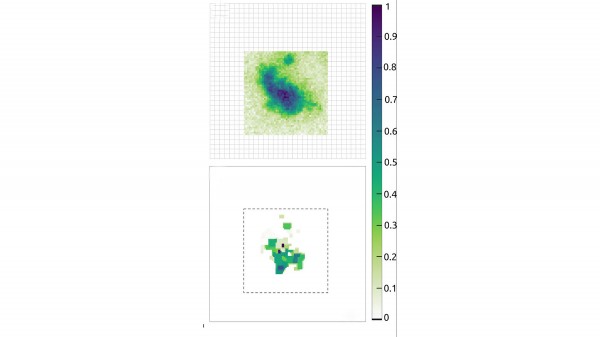 WASHINGTON, June 30, 2022 – An optical fiber as thin as a strand of hair holds promise for use in minimally invasive deep-tissue studies of patients’ brains that show the effects Alzheimer’s disease and other brain disorders. The research could set the stage for minimally invasive in vivo brain imaging in lab studies and monitoring neuronal activity over time in patients with neurological disorders.
WASHINGTON, June 30, 2022 – An optical fiber as thin as a strand of hair holds promise for use in minimally invasive deep-tissue studies of patients’ brains that show the effects Alzheimer’s disease and other brain disorders. The research could set the stage for minimally invasive in vivo brain imaging in lab studies and monitoring neuronal activity over time in patients with neurological disorders.
“The ultrathin multimode fiber would easily fit into an acupuncture needle, and we know these needles can be inserted into anyone’s body with almost no pain, potentially enabling deep-tissue imaging in real time,” said co-author Benjamin Lochocki, from Vrije Universiteit Amsterdam.
The challenge is efficiently increasing image resolution at the subcellular level, because loss of information is inevitable from light scrambling. In APL Photonics, published by AIP Publishing, researchers in the Netherlands address this challenge with speckle-based compressive imaging (SBCI) that exploits the light scrambling of multimode fibers to their advantage.
Optical fibers, a well-understood solution to guide light over long distances, have increasingly garnered attention in microendoscopy as a better way to access deep-lying tissue, due to their miniscule dimensions. They also eliminate the need for fluorescent labeling, a complicated and costly step.
Light scrambling is typically addressed via shaping the wavefront of an incident beam to reduce scattering and create a focused beam at the distal end of the fiber. However, this technique has limitations in acquisition speed and producing high-quality deep tissue images.






